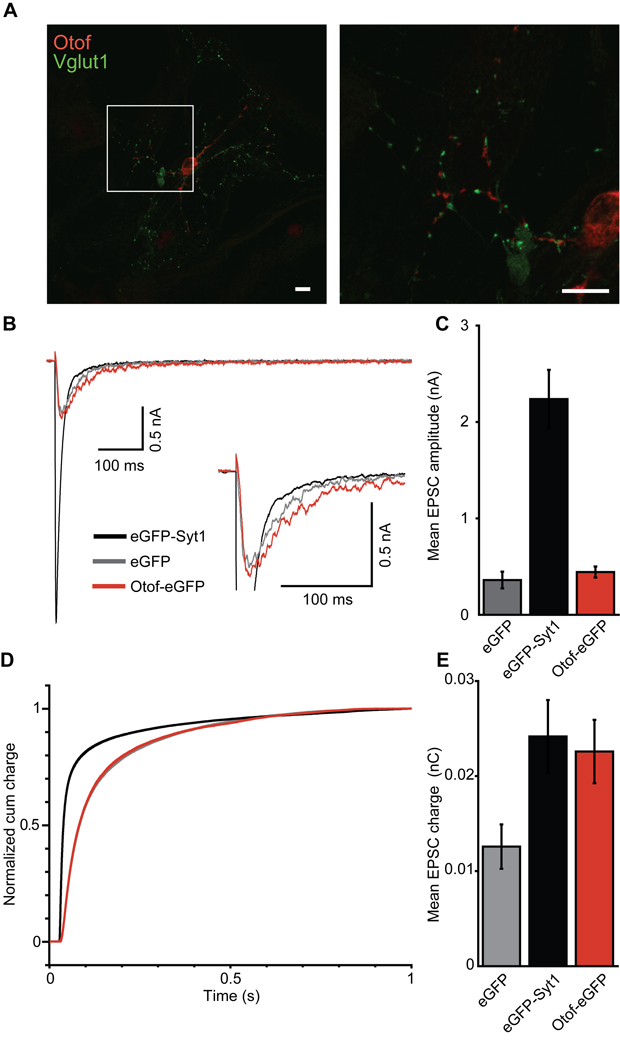Figure 6. Otoferlin overexpression does not rescue synchronous transmitter release in Syt1−/− neurons.
A, immunostaining of wild-type autaptic hippocampal neurons transfected with semiliki forest virus carrying cDNA for Otof-eGFP. Scale bar 10 µm. Otoferlin immunolabeling appears juxtaposed to Vglut1-immunolabeled presynaptic terminals.
B, average EPSCs of Syt1−/− neurons (10–15 DIV, n = 25 each) that were kept as autaptic neuronal cultures for 10 to 15 days and transfected 12 h before recordings with a semliki forest virus encoding for eGFP-Syt1 (black), eGFP (grey) or Otof-eGFP (red).
C, quantification of mean EPSC amplitudes from B.
D, normalized EPSC integrals over time reveal a fast postsynaptic current for Syt1−/− neurons that had been transfected with eGFP-Syt1 (black), but not for Syt1−/− neurons expressing Otof-eGFP (red) or eGFP alone (grey).
E, mean EPSC integral: the evoked postsynaptic charge was increased by overexpression of Otof-eGFP or eGFP-Syt1, but not eGFP alone, in Syt1-deficient autaptic hippocampal neurons. Note that otoferlin-overexpression increased the charge of the asynchronous component only.

